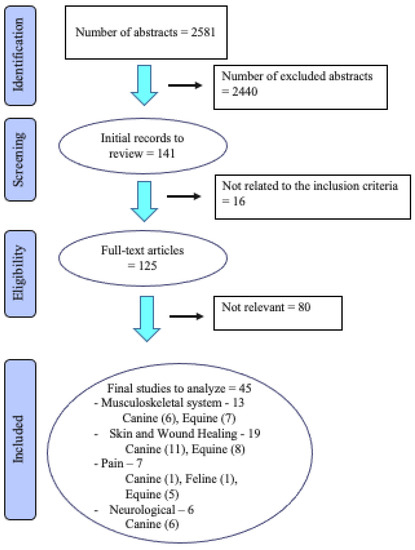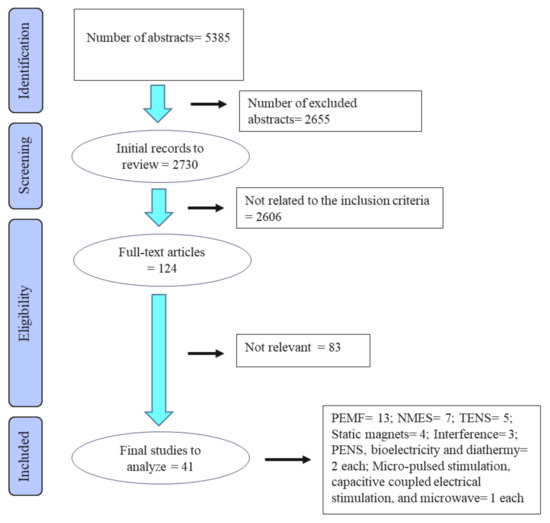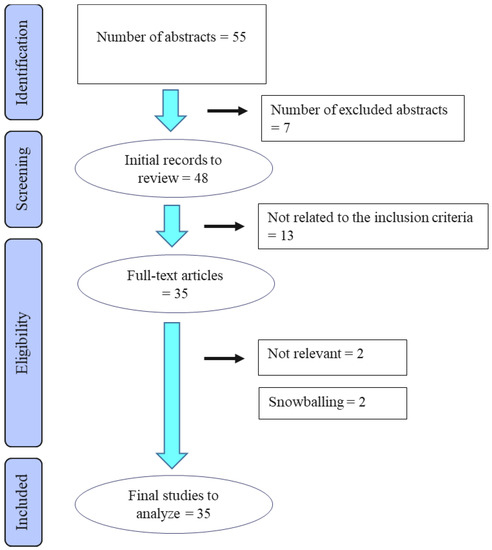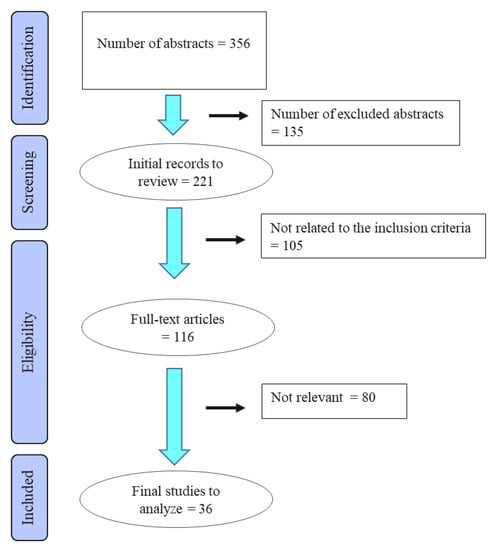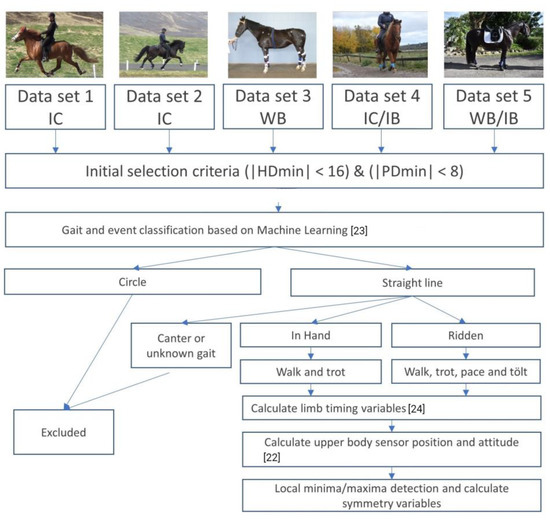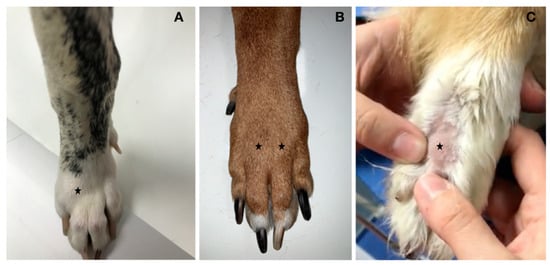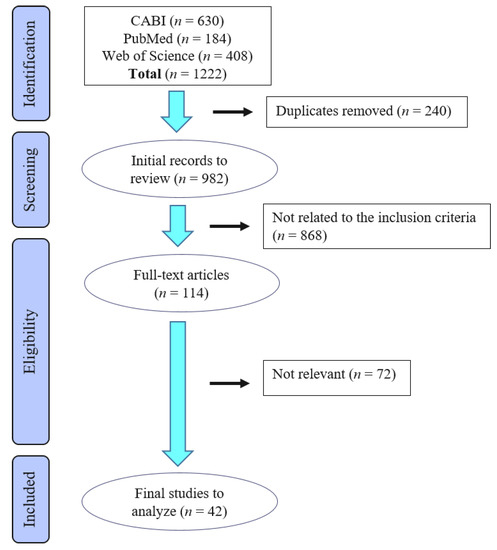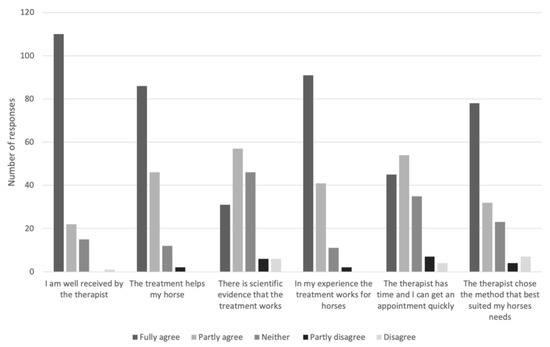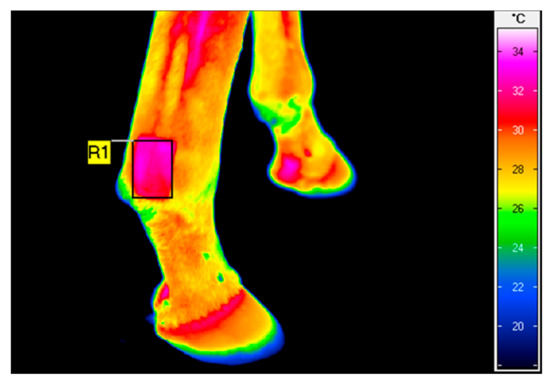Veterinary Rehabilitation and Sports Medicine
A topical collection in Animals (ISSN 2076-2615). This collection belongs to the section "Veterinary Clinical Studies".
Viewed by 62309Editors
Interests: canine rehabilitation and physical therapy; orthopedic rehabilitation; neurological rehabilitation; manual therapy; infection control; gait analysis
Interests: veterinary rehabilitation; sport medicine; outcome measures of physical dysfunction; pain assessment and treatment; functional anatomy
Interests: small animal arthroscopy and orthopaedics; small animal physiotherapy; sports medicine; rehabilitation
Special Issues, Collections and Topics in MDPI journals
Interests: orthopedic surgery; physical therapy; rehabilitation; small animals
Special Issues, Collections and Topics in MDPI journals
Interests: animal physiotherapy; sport medicine; outcome measures of physical dysfunction; pain assessment and treatment; functional anatomy
Topical Collection Information
Dear Colleagues,
Sports medicine and rehabilitation comprise a well-established discipline in human medicine, and the benefits have been clearly documented and established in the medical literature. Awareness of this field in veterinary medicine has been rapidly growing, and the techniques used in human sports medicine and rehabilitation have been adapted for veterinary use. The growing interest in this field among veterinarians has led to the formation of new specialty colleges, such as the American College of Veterinary Sports Medicine and Rehabilitation and the European College of Veterinary Sports Medicine and Rehabilitation.
There is a clear need, and a significant interest on the part of the veterinary profession, to better understand the role of sports medicine and rehabilitation following injury, surgery, and illness, and to improve patient outcomes by incorporating this specialty. Objective outcome measures of physical dysfunction and pain are of great importance, in order to select the optimal treatments and to assess treatment effectiveness. Evidence-based veterinary rehabilitation and sports medicine require knowledge of these outcome measures, as well as the mechanisms of action and efficacy for different treatment protocols in specific diagnoses. The aim of this Collection is to publish original research papers or reviews concerning veterinary rehabilitation and sports medicine for both equine and small animal practice. We hope this information can provide a better understanding of the evidence related to assessment methods, treatment techniques, and interventions utilized.
We invite you to share your recent findings through this Topical Collection.
Prof. Dr. David Levine
Dr. Anna Bergh
Dr. Yves Samoy
Prof. Dr. Darryl Millis
Dr. Heli Katariina Hyytiäinen
Dr. Elin Hernlund
Collection Editor
Manuscript Submission Information
Manuscripts should be submitted online at www.mdpi.com by registering and logging in to this website. Once you are registered, click here to go to the submission form. Manuscripts can be submitted until the deadline. All submissions that pass pre-check are peer-reviewed. Accepted papers will be published continuously in the journal (as soon as accepted) and will be listed together on the collection website. Research articles, review articles as well as short communications are invited. For planned papers, a title and short abstract (about 100 words) can be sent to the Editorial Office for announcement on this website.
Submitted manuscripts should not have been published previously, nor be under consideration for publication elsewhere (except conference proceedings papers). All manuscripts are thoroughly refereed through a single-blind peer-review process. A guide for authors and other relevant information for submission of manuscripts is available on the Instructions for Authors page. Animals is an international peer-reviewed open access semimonthly journal published by MDPI.
Please visit the Instructions for Authors page before submitting a manuscript. The Article Processing Charge (APC) for publication in this open access journal is 2400 CHF (Swiss Francs). Submitted papers should be well formatted and use good English. Authors may use MDPI's English editing service prior to publication or during author revisions.
Keywords
- veterinary medicine
- rehabilitation
- physiotherapy
- outcome measures
- physical dysfunction
- pain
- assessment
- sports medicine






